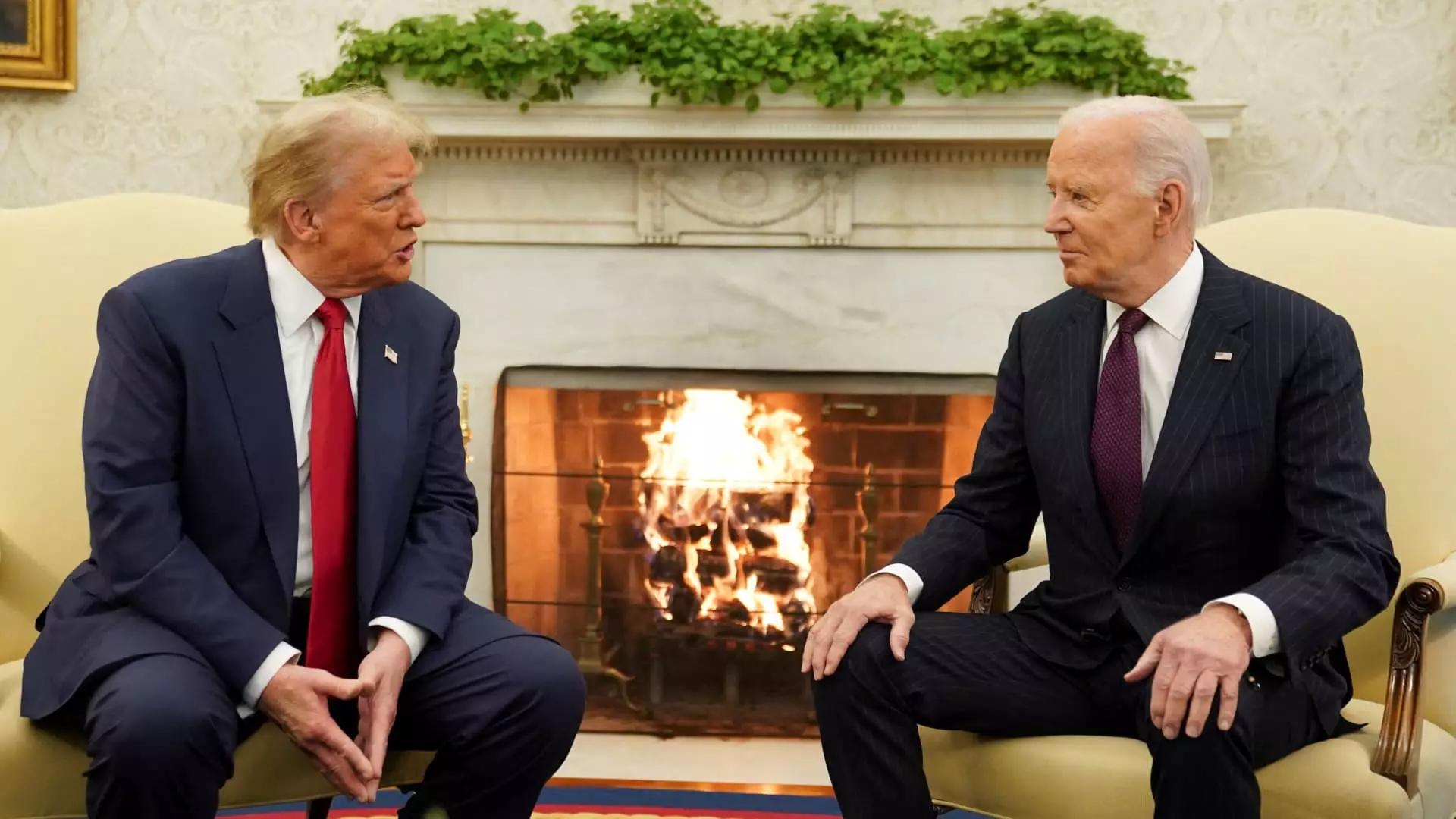In a surprising yet telling move, the Trump administration has elected to uphold the stringent merger guidelines established during President Joe Biden’s tenure. This decision, articulated by Federal Trade Commission (FTC) Chairman Andrew Ferguson, signifies a notable alignment with populist sentiments within the administration, particularly as championed by Vice President JD Vance. It is imperative to understand this choice not only within the context of corporate America’s expectations but also regarding broader implications for antitrust enforcement and market dynamics.
The decision to retain the guidelines has been met with considerable resistance from corporations, many of which had anticipated a more lenient approach toward mergers and acquisitions under a Trump-led administration. The guidelines, which emerged from the FTC under Biden in 2023, have remained a focal point for antitrust scrutiny. They set forth a comprehensive framework detailing over a dozen criteria to assess proposed mergers, including stipulations designed to prevent the enhancement of monopolistic practices in already concentrated markets.
What emerges from this decision is a curious alliance between the Trump administration and figures like Lina Khan, who spearheaded these very guidelines. Vice President JD Vance has notably found common ground with Khan, aligning their visions on enhancing competition and regulating corporate power. This unexpected coalition highlights a shift in antitrust philosophy that transcends traditional partisan lines, emphasizing a collective commitment to ensuring competitive markets.
This convergence poses questions about the future of corporate consolidations. Wall Street had hoped for a relaxation of regulatory oversight that might spur corporate mergers. Still, the persistence of the existing stringent guidelines sets a contrasting tone. Their provisions guard against not only horizontal mergers—those between companies in direct competition—but also vertical mergers that could inhibit market entry for smaller firms.
Ferguson’s emphasis on stability resonates within the enforcement community and the broader public. He argues that revising these guidelines with every change in administration could lead to confusion and undermine credibility in regulatory institutions. This approach seeks to sustain an environment where businesses can operate with a clear understanding of the rules, thus fostering consistent enforcement of antitrust laws.
He elaborates that “[The FTC] has limited resources,” highlighting the challenges that would accompany the frequent rewriting of guidelines following electoral cycles. A focus on continuity rather than disruption is essential for an effective regulatory climate, allowing enforcement agencies to prioritize impactful oversight without the burden of continual policy shifts.
As the Trump administration moves forward with these guidelines, their legacy could reshape the landscape of corporate mergers and acquisitions. This decision sends a clear message to the business community: they must navigate a rigorous regulatory environment. It also reflects a growing concern about the concentration of corporate power and its implications for competition, innovation, and consumer choice.
The retention of Biden-era merger guidelines by the Trump administration underscores a significant, if unexpected, alignment of interests within U.S. economic policy. It serves as a reminder that antitrust issues resonate across party lines, ultimately framing how future administrations may approach corporate regulations. As businesses grapple with these evolving expectations, the fight against monopolistic practices is likely to remain a prominent issue on the policy agenda for the foreseeable future.


Leave a Reply